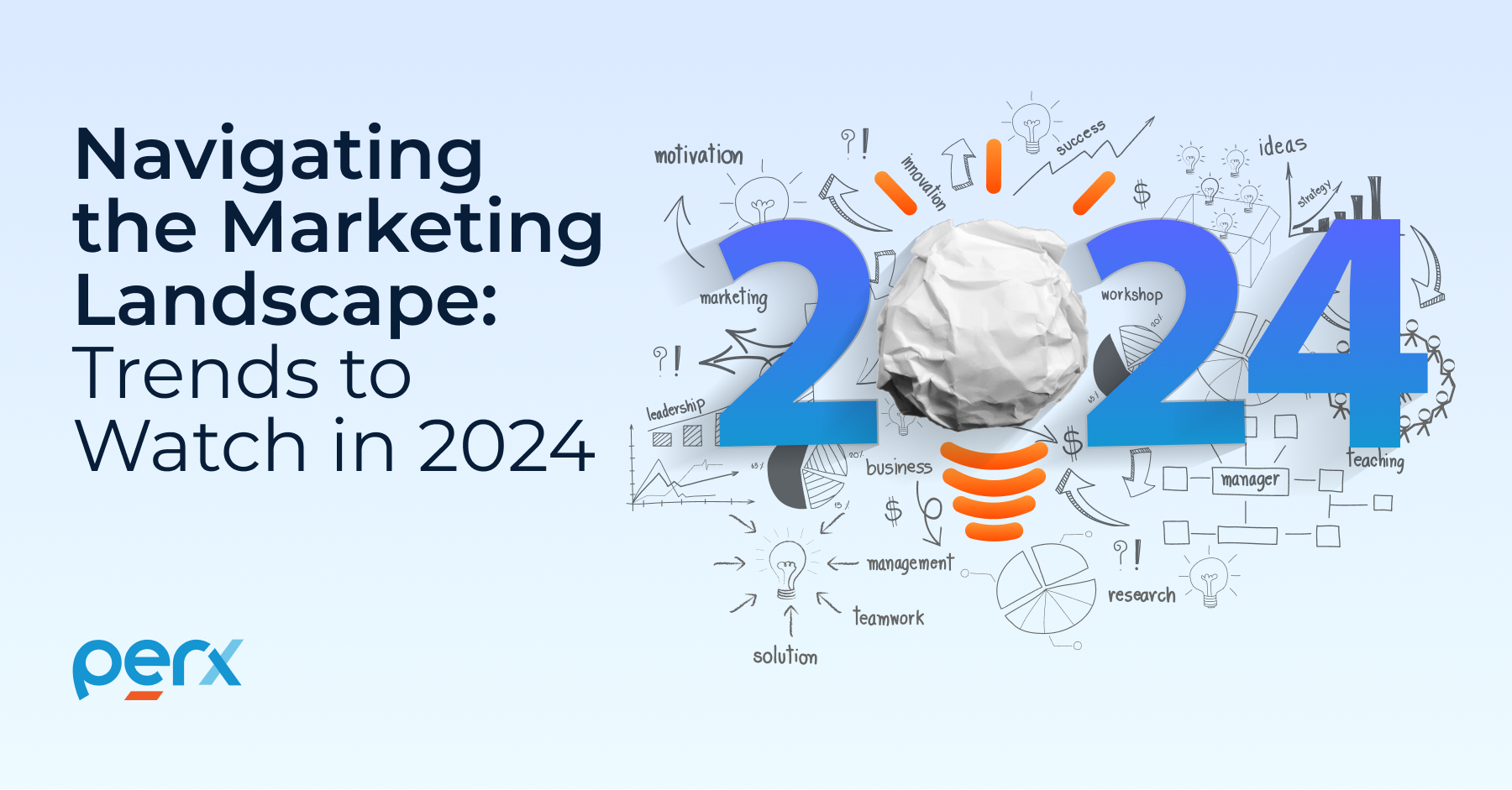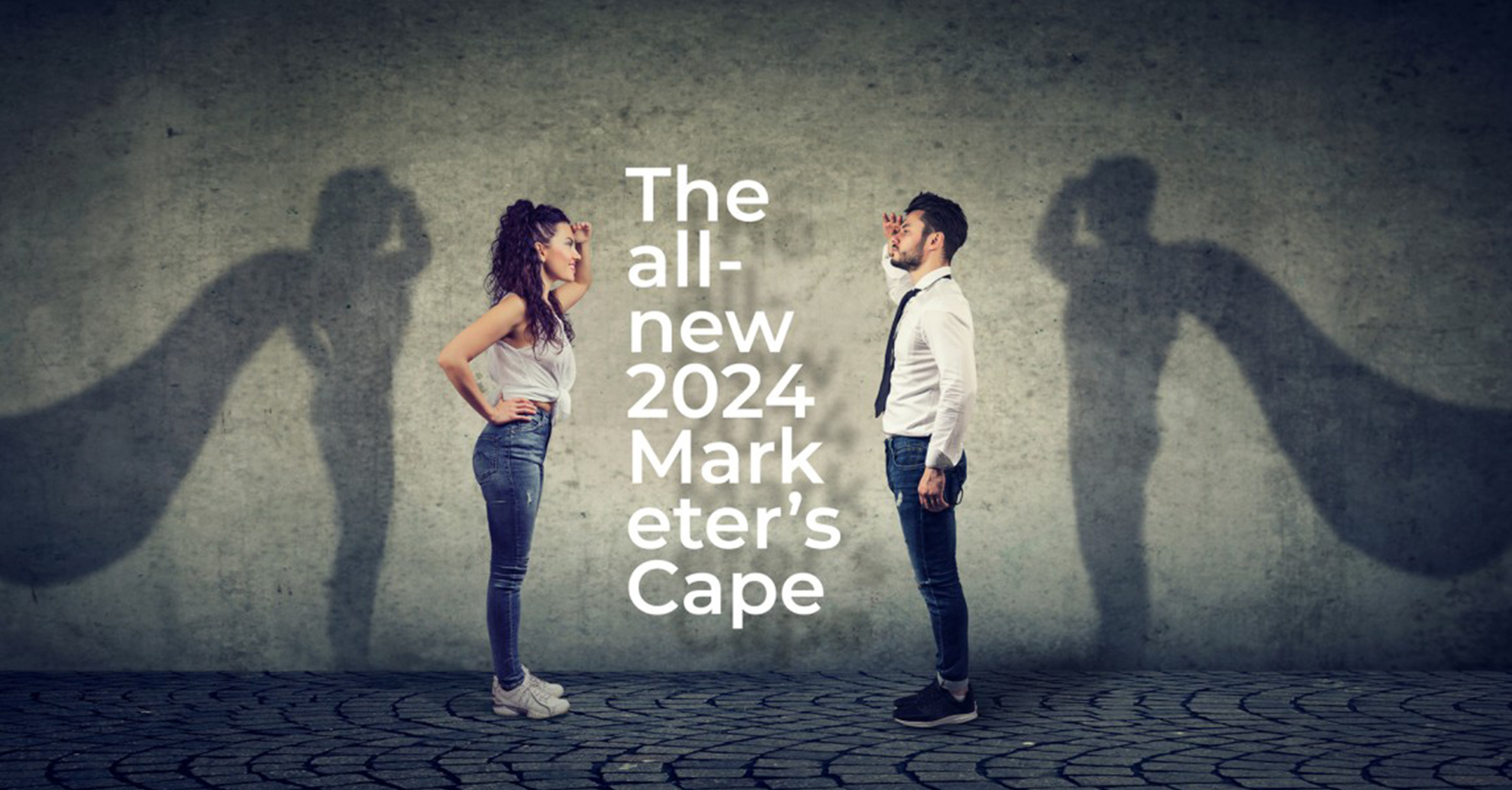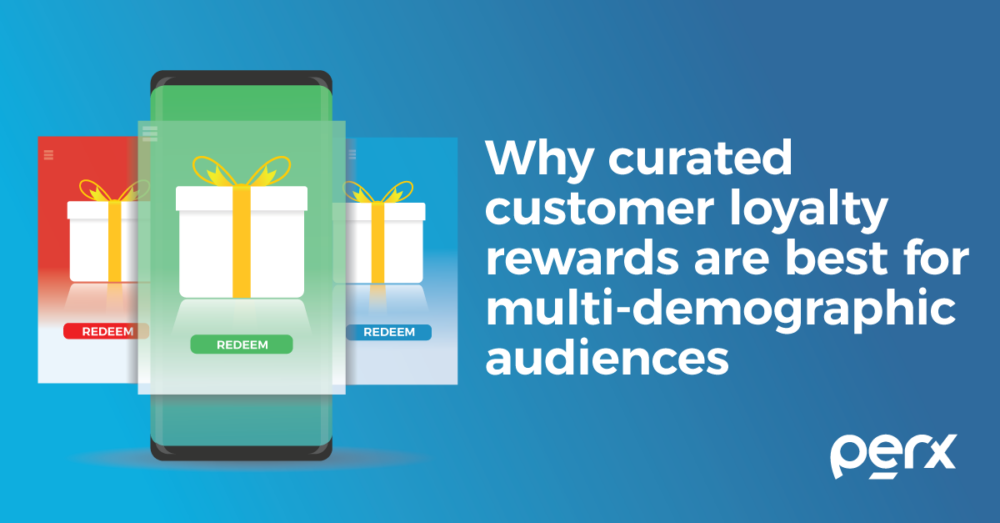Why curated customer loyalty reward triggers keep multi-demographic audiences engaged

Why curated customer loyalty reward triggers keep multi-demographic audiences engaged
Customer engagement isn’t a one-and-done process. Capturing attention is only the first step when it comes to building lasting relationships between brands and their audiences. The most successful companies in this regard are those that actively fight back against disengagement and loss of interest using lifestyle marketing.
When businesses offer a narrow selection of rewards and loyalty offerings, they’re at heightened risk of losing customer attention over time. Having a variety of potential incentives for customers is a powerful advantage for a business, as is using automated triggers to guide each individual to the rewards that best suit them.
Why do some customers lose interest in rewards?
Simply having a rewards program is no longer a major differentiator for a business. Rather, a company that is serious about loyalty must consistently prove that its rewards offerings have value and meaning to customers.
Engagement is the goal of a customer rewards program, and that in turn is contingent on offering rewards that fit audience interests and meet or exceed their expectations. There are a few traits that can determine whether a rewards program fires up consumers’ interest or is quickly forgotten:
- Does everyone get the same rewards? If there’s only one rewards progression, a company may find itself failing to connect with a significant portion of its potential audience. Consumers today are very diverse, so an ideal rewards program will offer customized incentives to hold interest.
- How frequently are rewards given? If a business offers a low-frequency rewards program, requiring numerous interactions before consumers receive anything valuable, they may find that interest is low. The vague promise of future value is not very compelling to customers, so brands should reach out often.
As Hubspot noted, the most effective companies at building loyalty achieve this goal by giving generous rewards often and fully integrating these programs with their overall sales processes. Rather than tacked-on additions, these businesses’ rewards offerings are fundamental parts of the way they sell their products and services to customers.
Hubspot suggested that when organizations achieve a high level of integration between rewards and the rest of their business, the rewards program ceases to be its own separate entity. Rather, these businesses simply offer their loyalty incentives at all times, inviting customers to engage more deeply.
How do you counteract customer disengagement?
It’s one thing to create an environment conducive to audience engagement. It’s another to actively fight back against parts of the customer journey where buyers may fall out of touch with businesses. When working on this type of engagement strategy, it’s important to remember that nearly any interaction can be customized to keep customer interest.
Customer behaviors follow patterns. By collecting interaction data, businesses can map out the paths their audiences are taking. Do people typically disengage after a certain amount of time? Is there a supplemental experience that could make an ongoing connection more fun or entertaining?
McKinsey & Company Partner José Carluccio recommended that companies look into their breakage patterns, determining which segments of their customer bases are not engaging with loyalty programs. Figuring out which types of customers aren’t staying engaged is the first step to improving the relevance of rewards offerings and triggers.
Once businesses have determined where customers are disengaging, as well as which groups of consumers are most likely to break off engagement with the brand, they can respond by adding new elements to the program. Carluccio recommended offerings such as periodic reminders to clients that they have unredeemed rewards as well as more redemption options, potentially even including charitable gifts.
What is the value of customized customer rewards triggers?
One potential cause for disengagement — or a lack of engagement in the first place — is the use of rewards triggers that don’t match up with how segments of a company’s audience actually interact with the brand. Customization can resolve this issue, attaching loyalty points to nearly any activity and bringing a wide swath of customers into closer contact with the brand.
Companies can reward both online and offline interactions with custom rewards triggers. In-store purchases, app engagements, sign-ups for services, logging in to accounts — these and more can help customers earn points in a rewards scheme.
The ability to create a highly customized rewards-earning process helps businesses engage with their audiences in two ways. On one hand, it allows brands to reach their customers where they are, offering points for their preferred interaction styles. On the other, it lets organizations map out preferred customer journeys, encouraging certain types of activities.
To start creating these better-directed customer journeys, brands can map out the ways their customers prefer to interact with their rewards offerings. American Express recommended using diagrams of consumers’ dealings with organizations, across multiple channels and over time, to identify the gaps where disengagement is most likely to occur and target those weak spots.
Businesses that understand how their customers interact with their offerings, and how they’d like to, are well-positioned to update their rewards triggers. Creating new sides to a loyalty program can open up the strategy to a wider selection of customer groups and demographics than ever before.
Perx customization helps your brand thrive
No two brands are exactly alike, which means customization is always relevant from a rewards and loyalty standpoint. This is one reason to choose the Perx Loyalty and Engagement Platform as the backbone of your organization’s rewards and loyalty program.
The Perx platform’s Rules Engine allows a high level of control over rewards triggers, right out of the box. By designing a system of tailored rewards based on what various groups of customers actually want for your business, you can deliver a rewards program with fewer obvious points of disengagement and a smoother customer journey overall.
The value of a rewards strategy is at its greatest when consumers actually want to use it and engage with it. Customization via a powerful rules engine puts this goal within reach for your brand. Request a demo of the Perx Loyalty and Engagement Platform to see this solution in action.
Recommended for you

Strategy Insights, Blogs, Retailers

Digital Marketing, Customer Retention, Marketing Strategy

Blogs, Sustainability, API Calls

Blogs, Sustainability, API Calls

Blogs, Sustainability, Marketing Strategy
Global businesses have driven over 5 billion customer-brand interactions on Perx.
Ready to join them?










